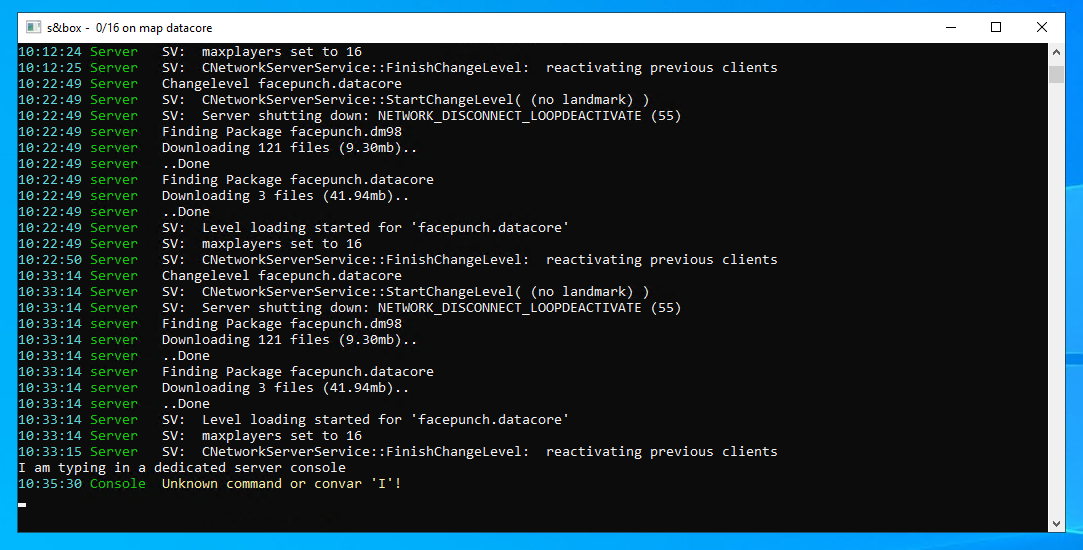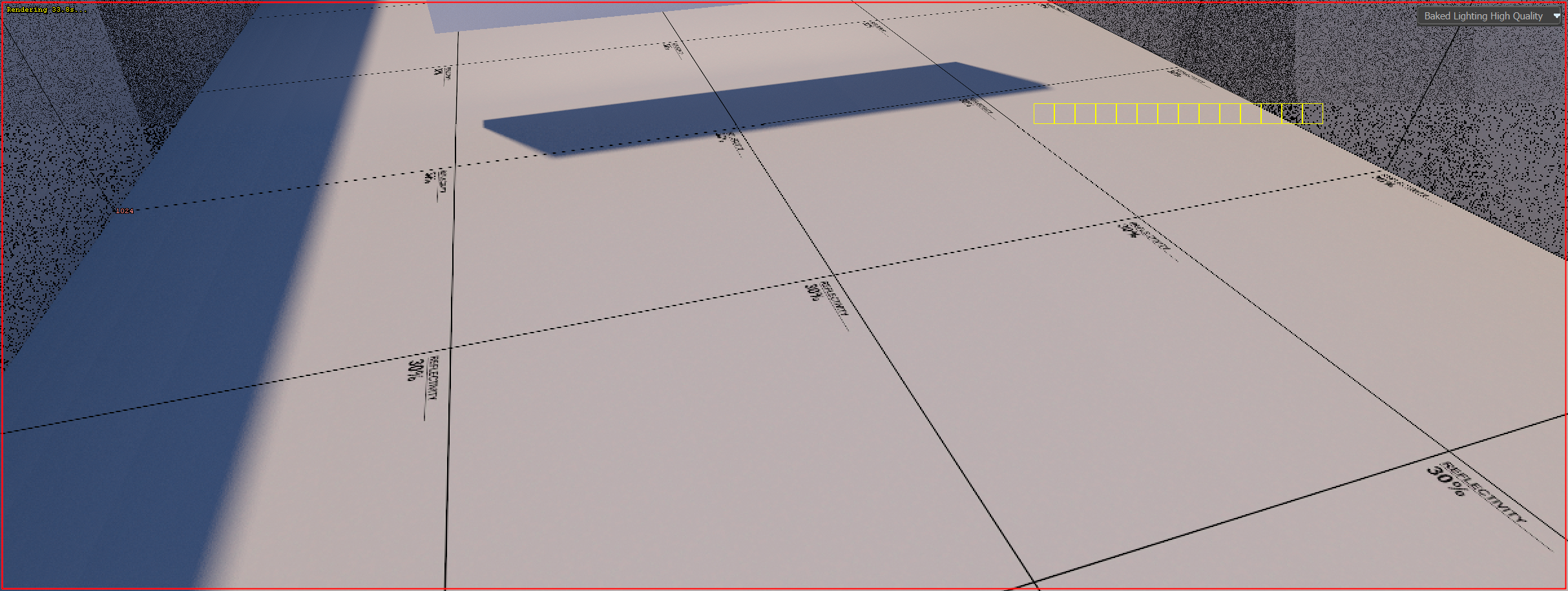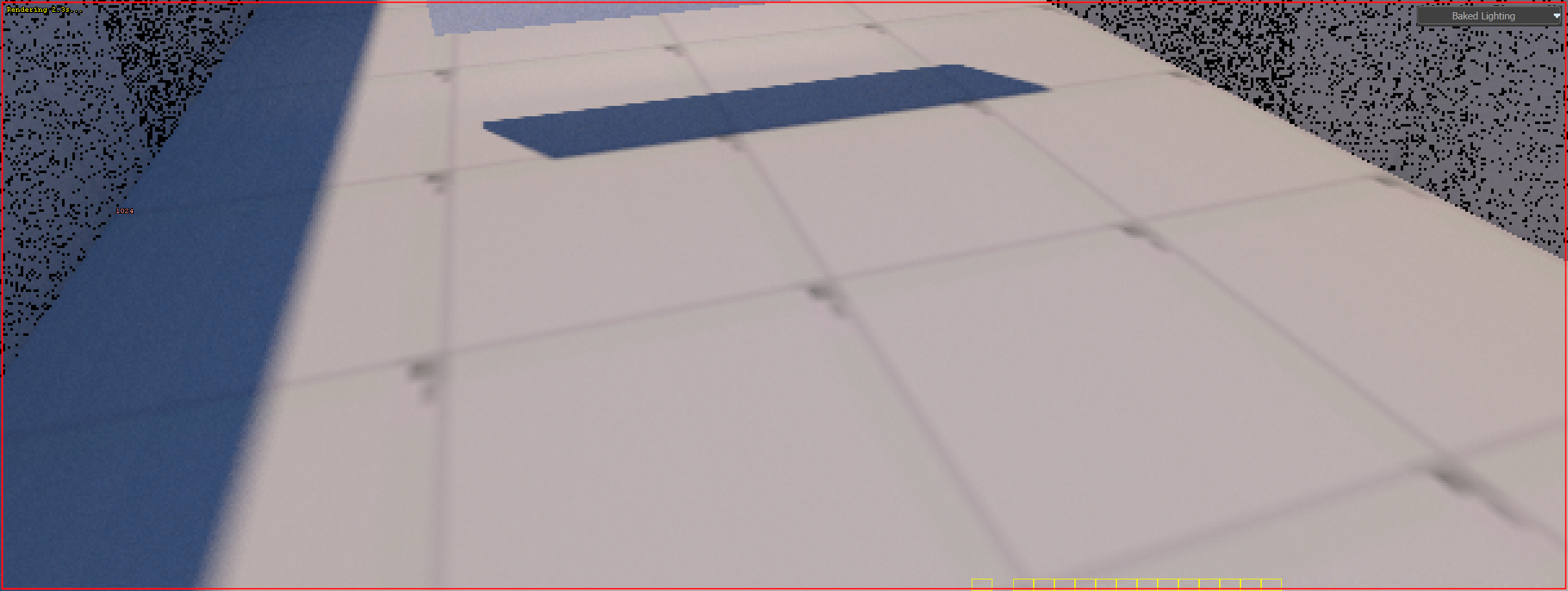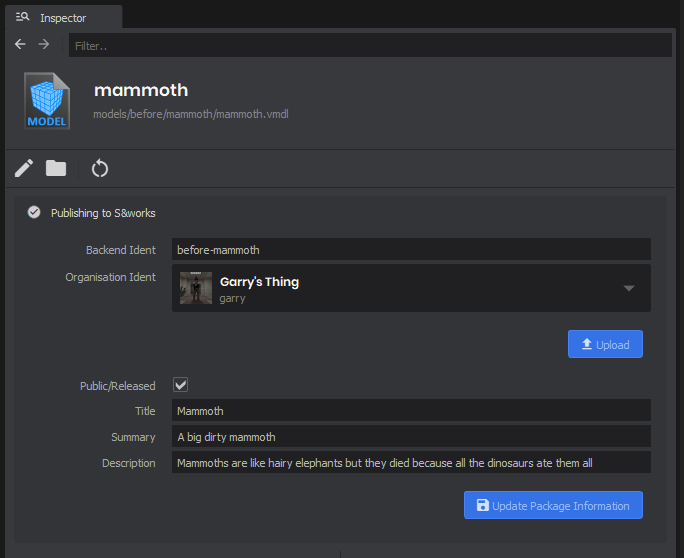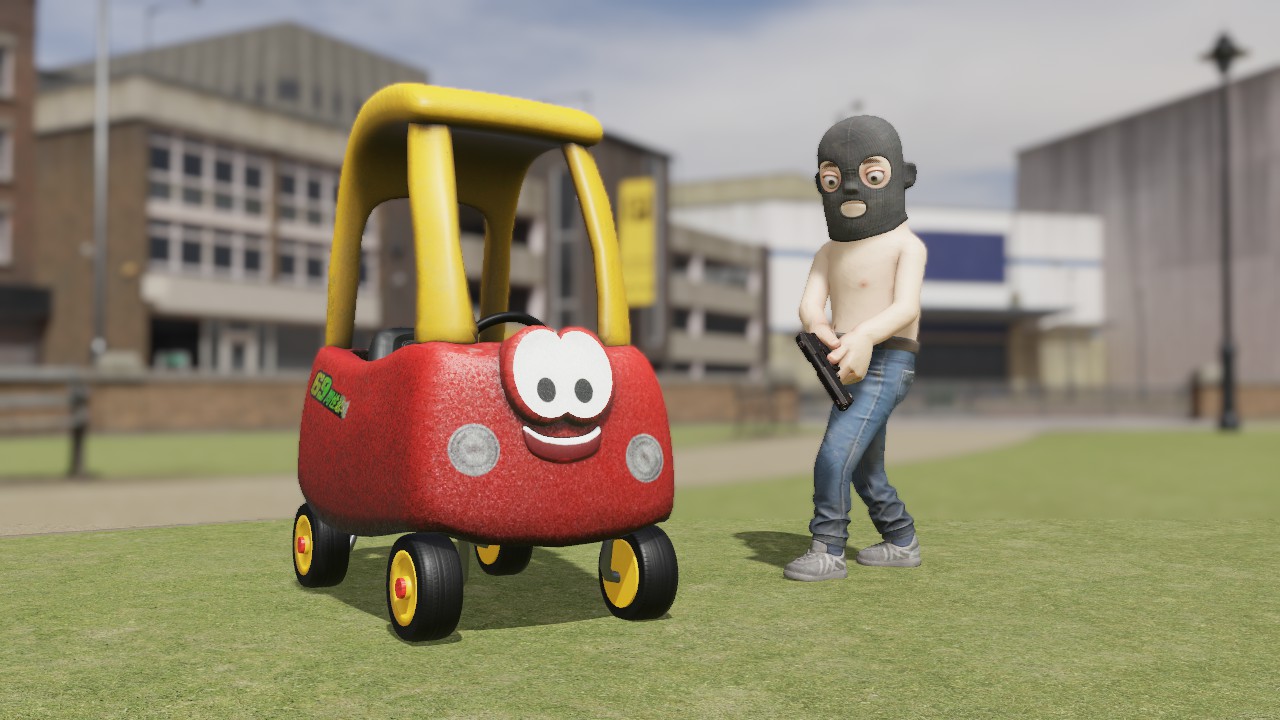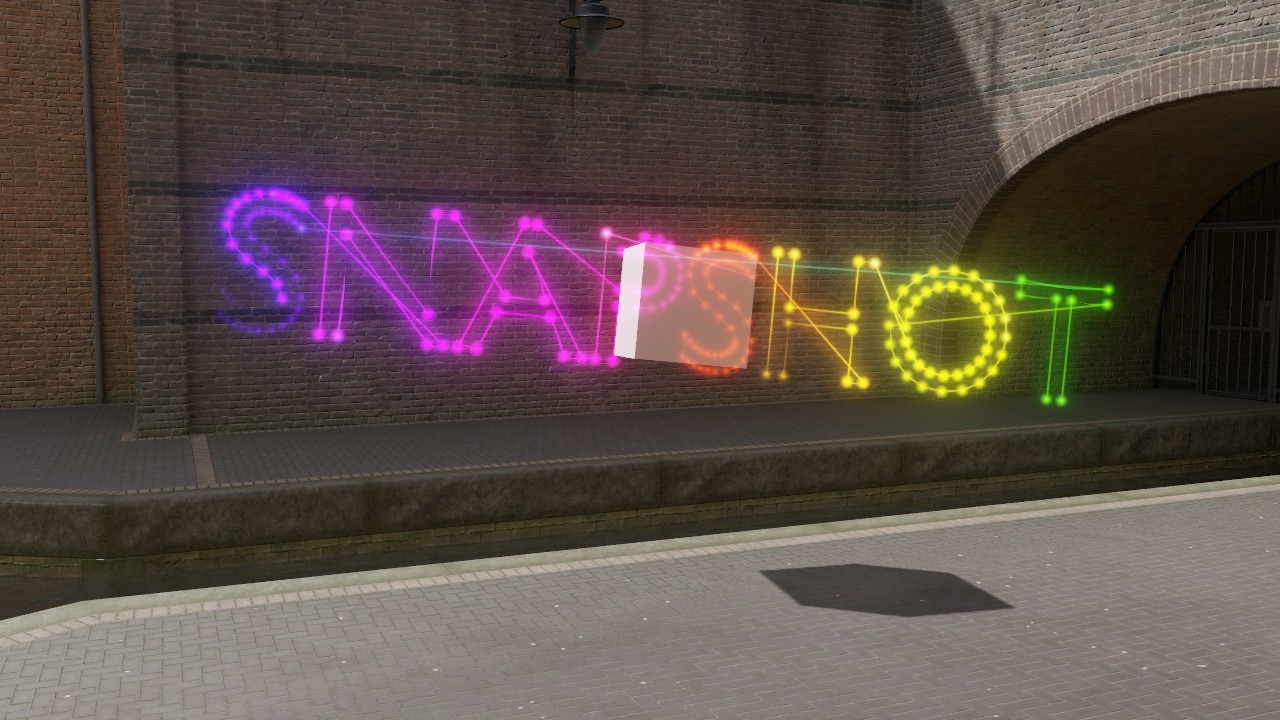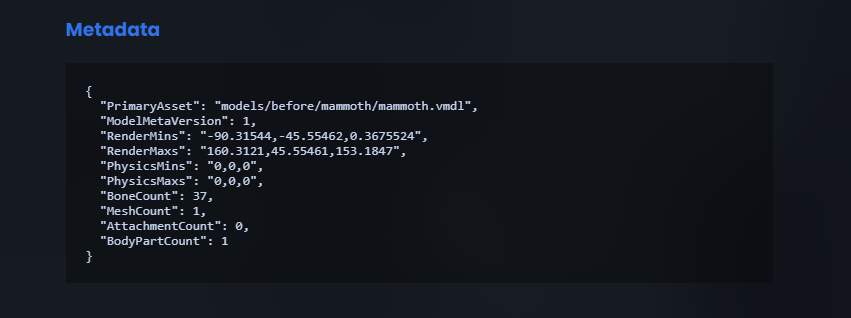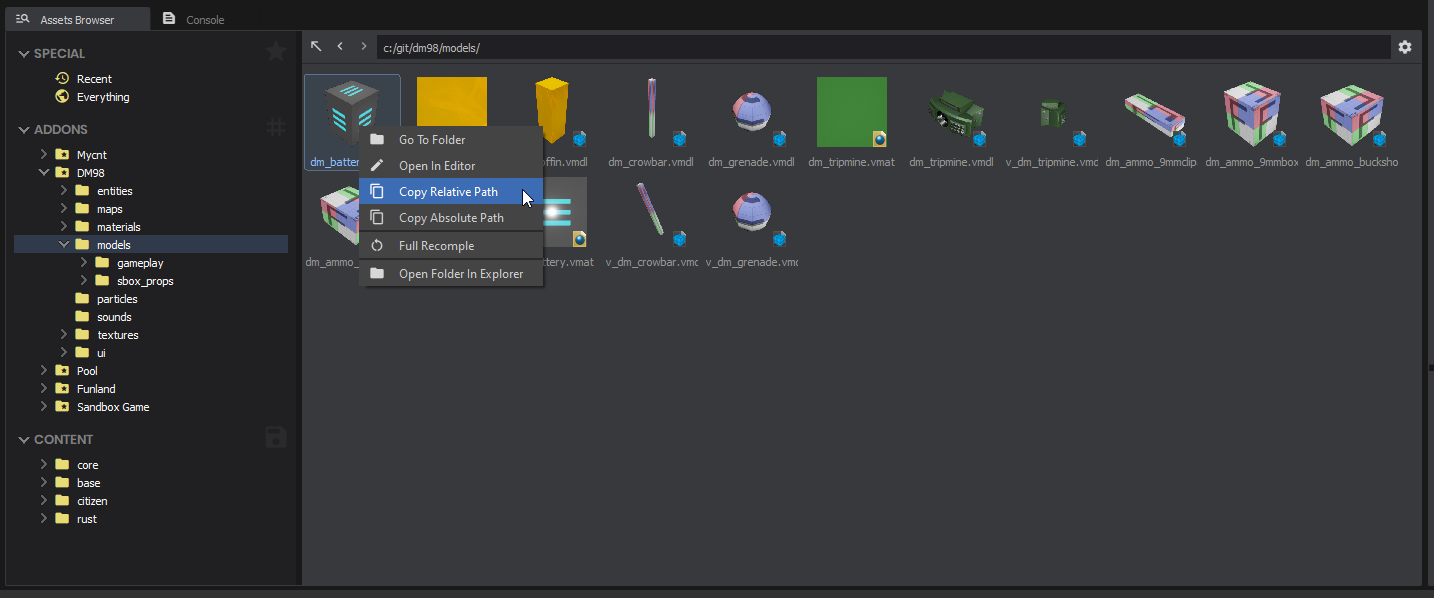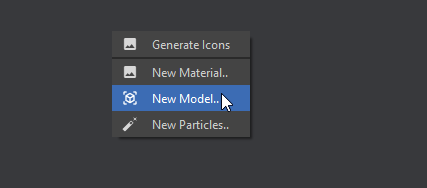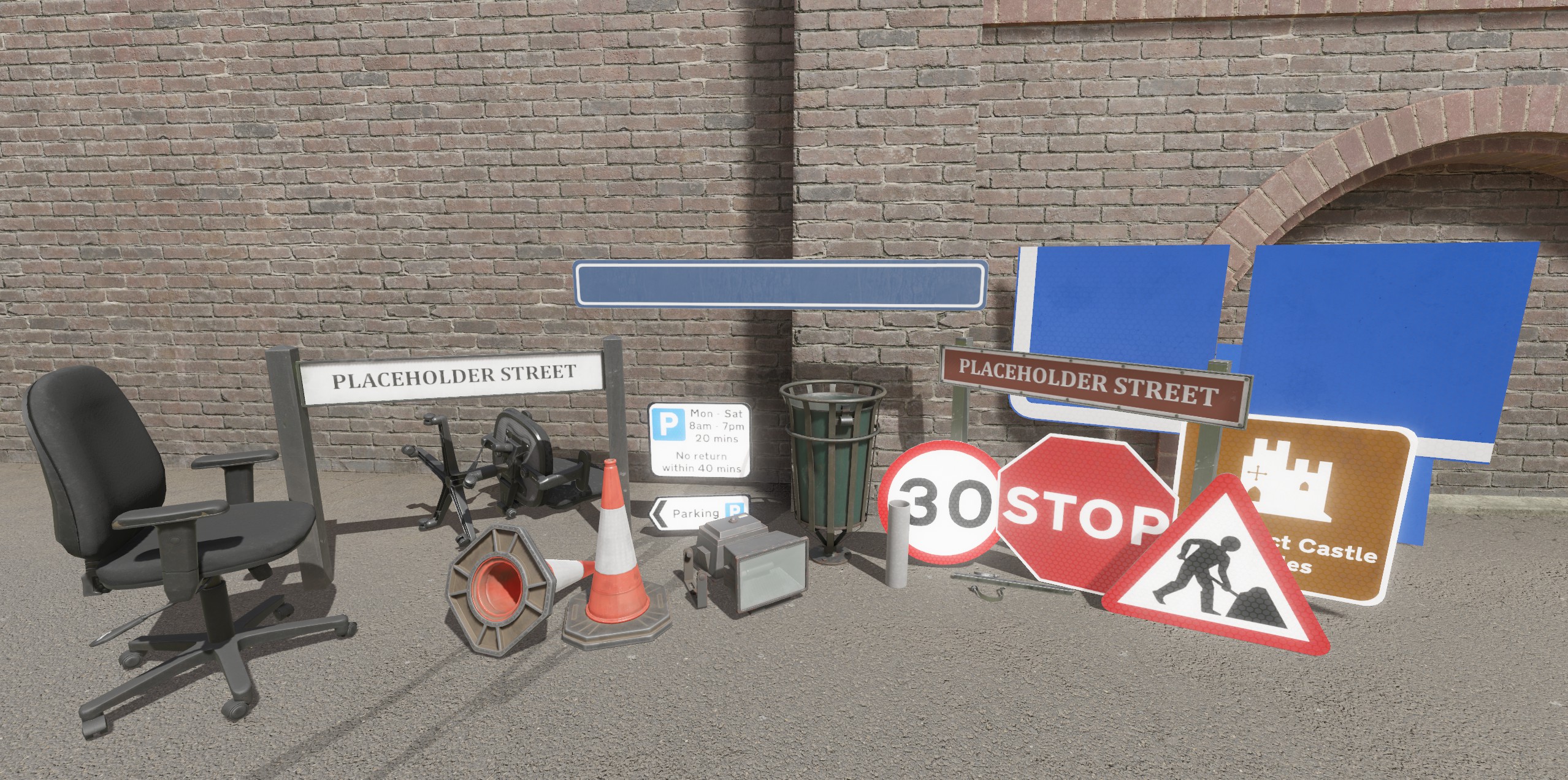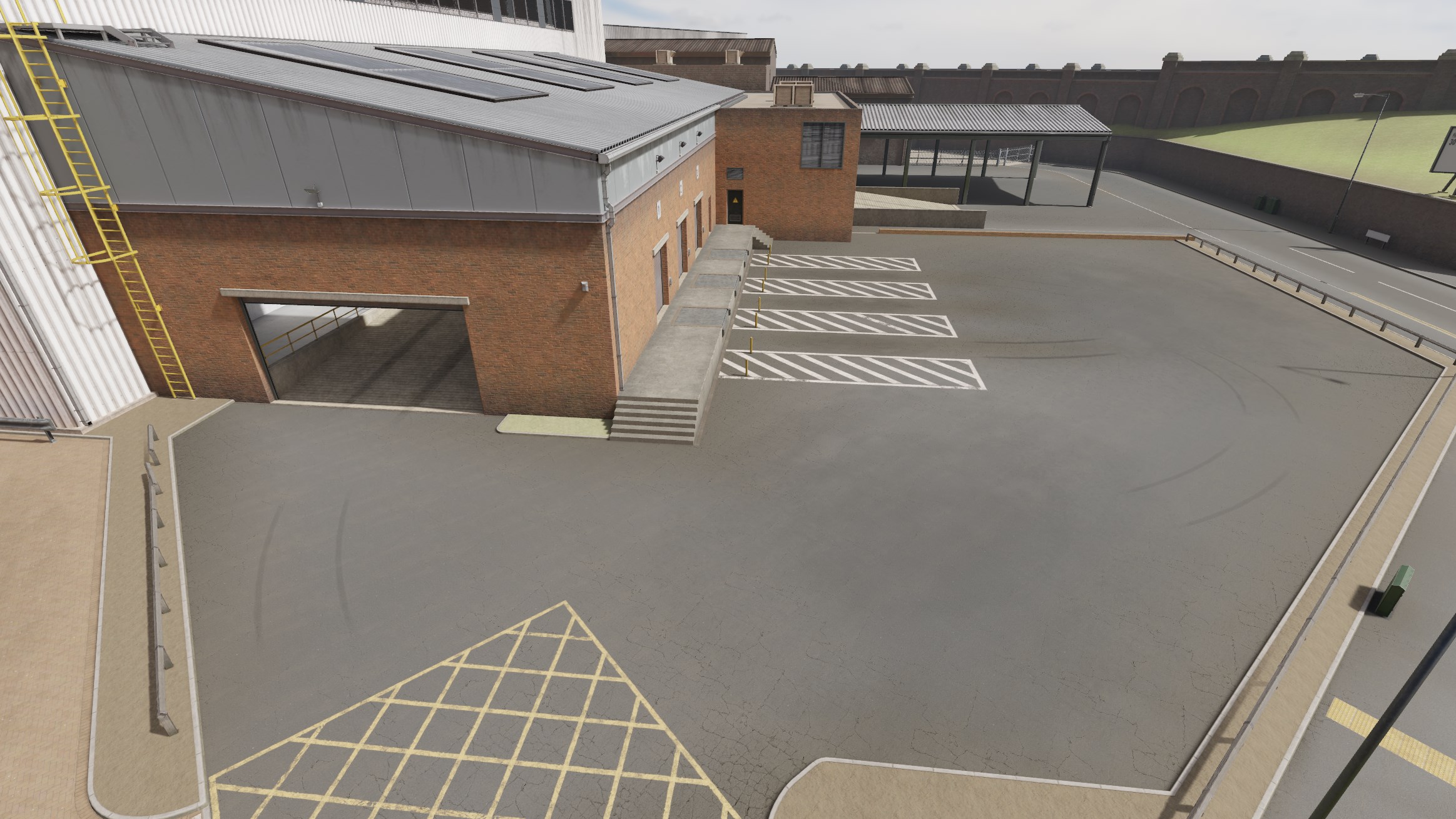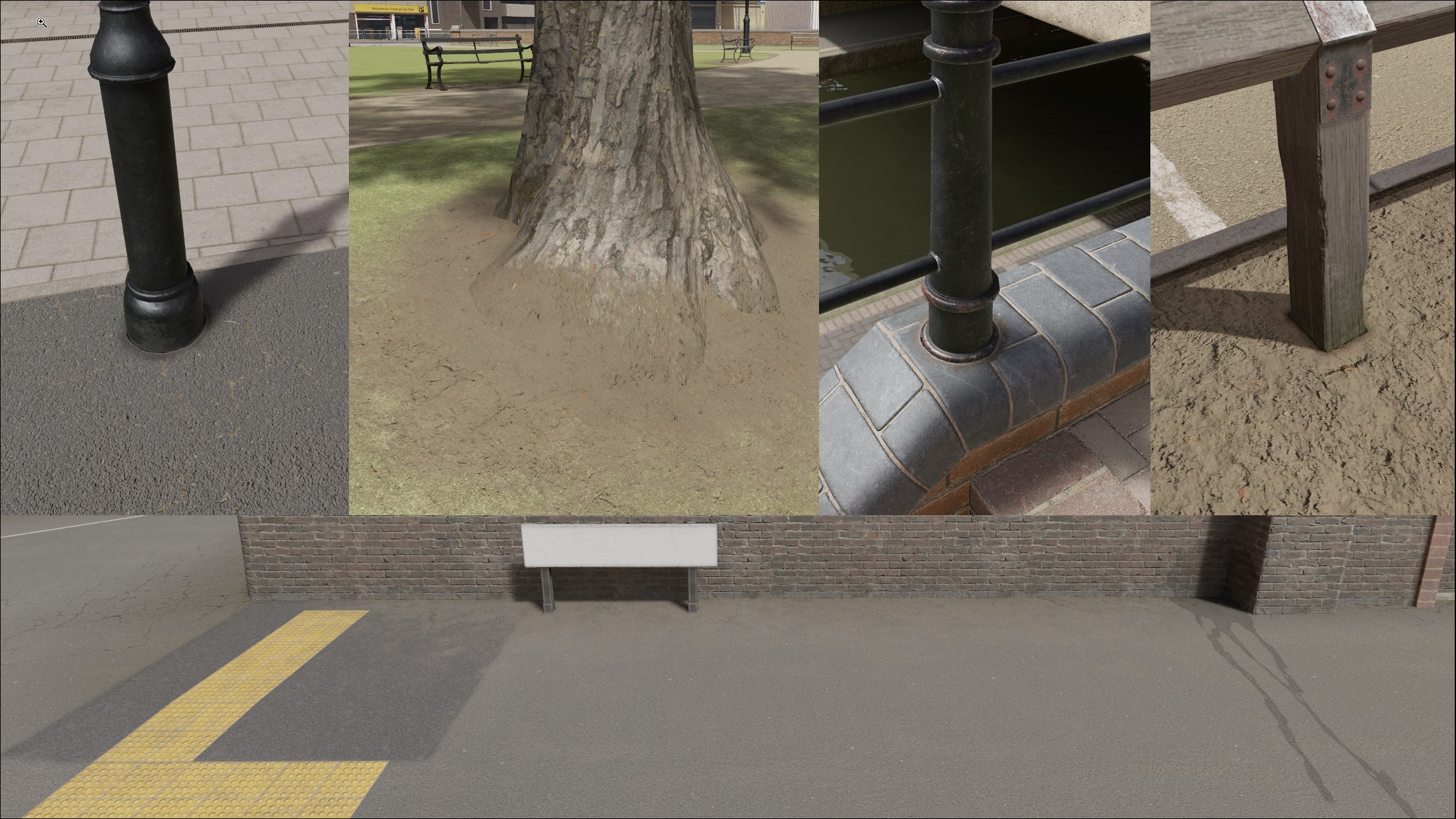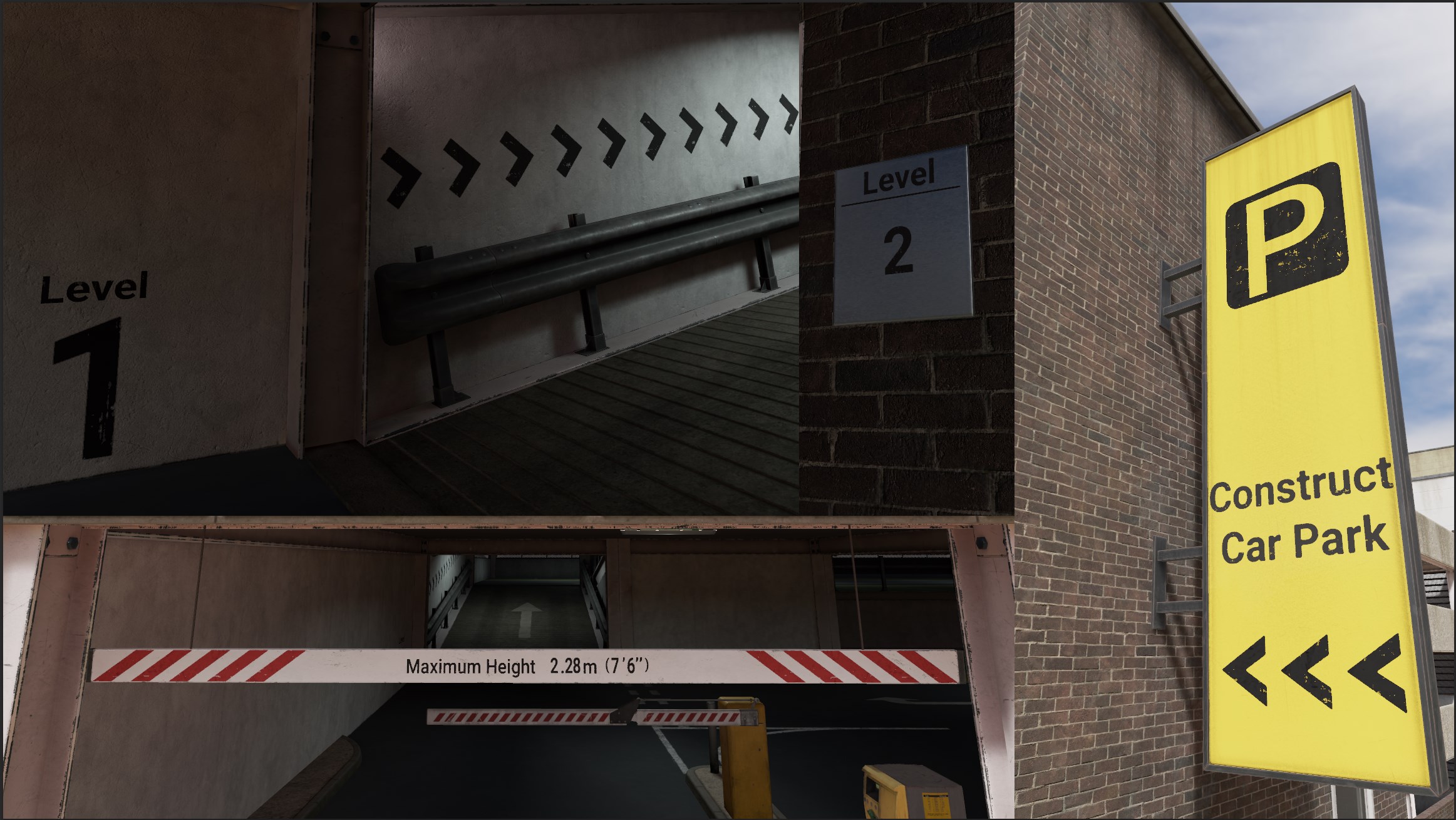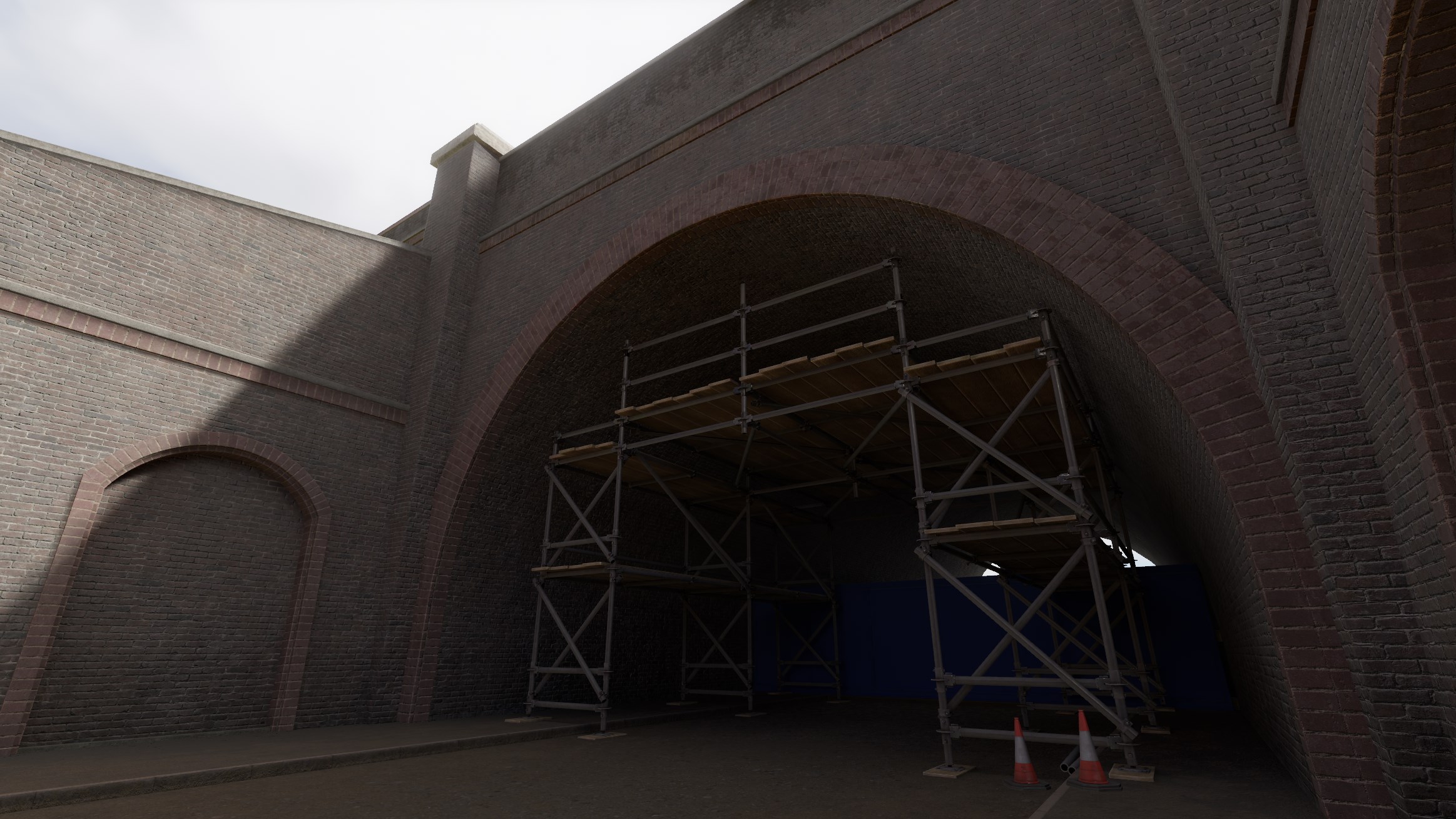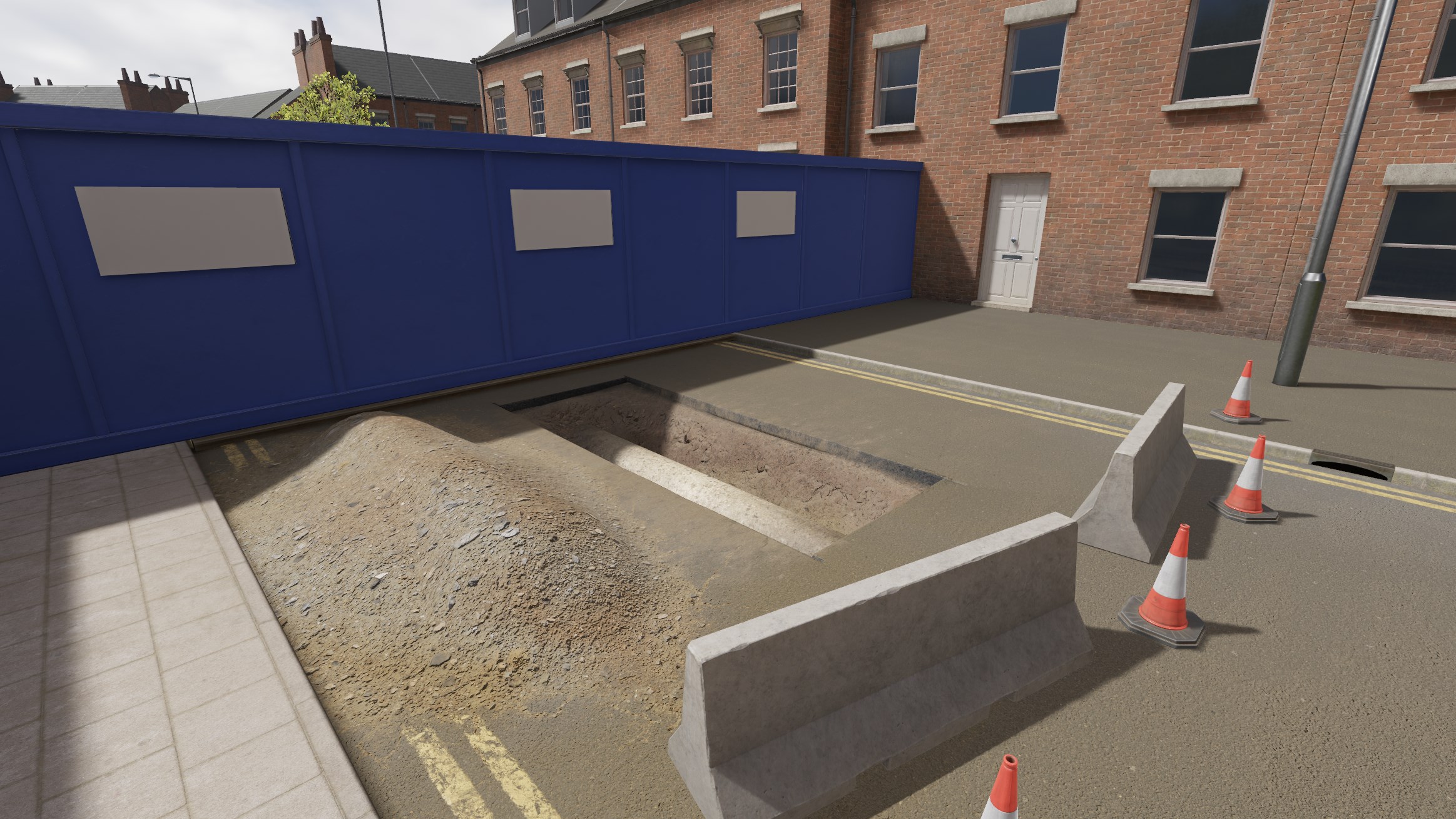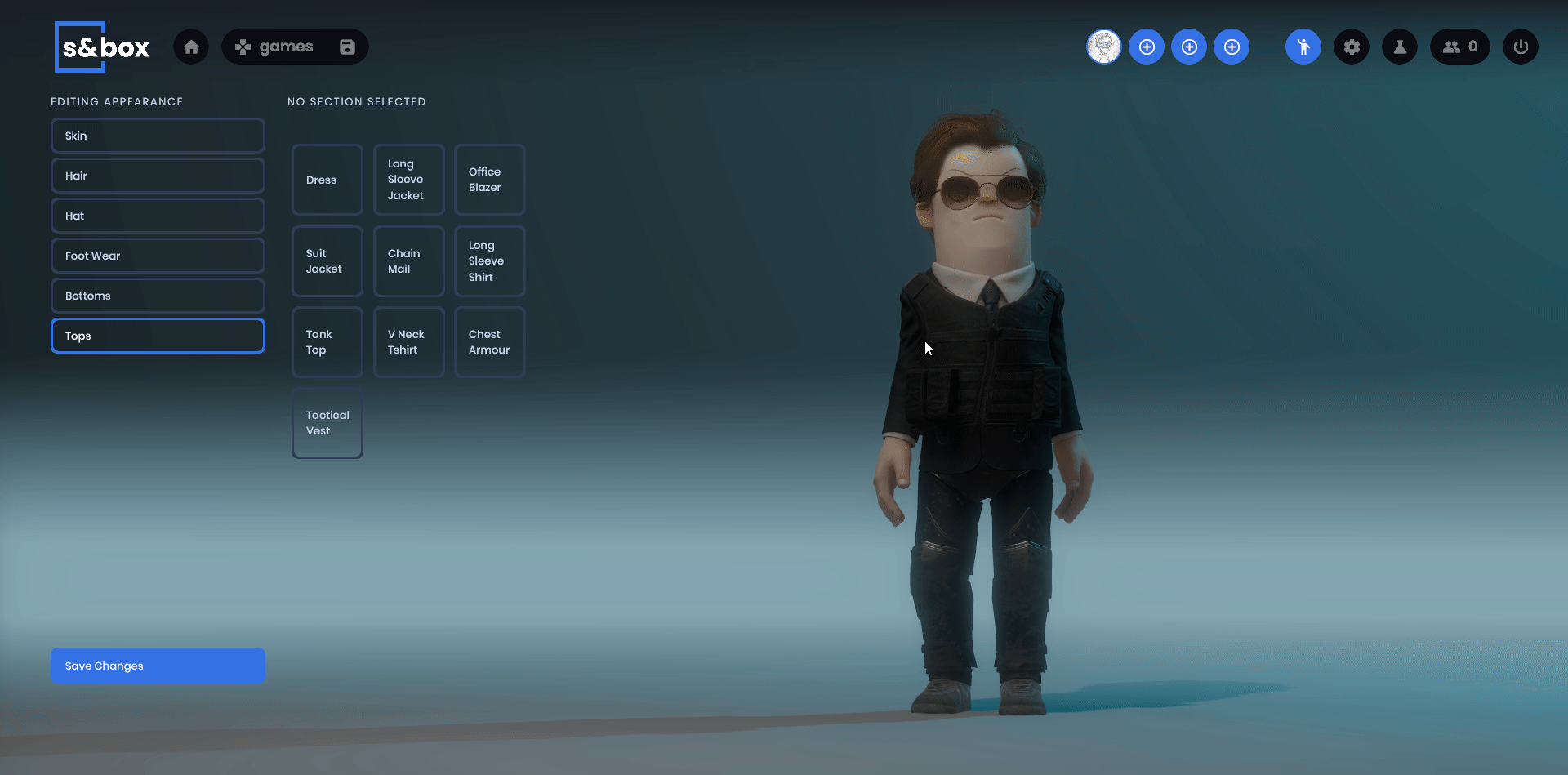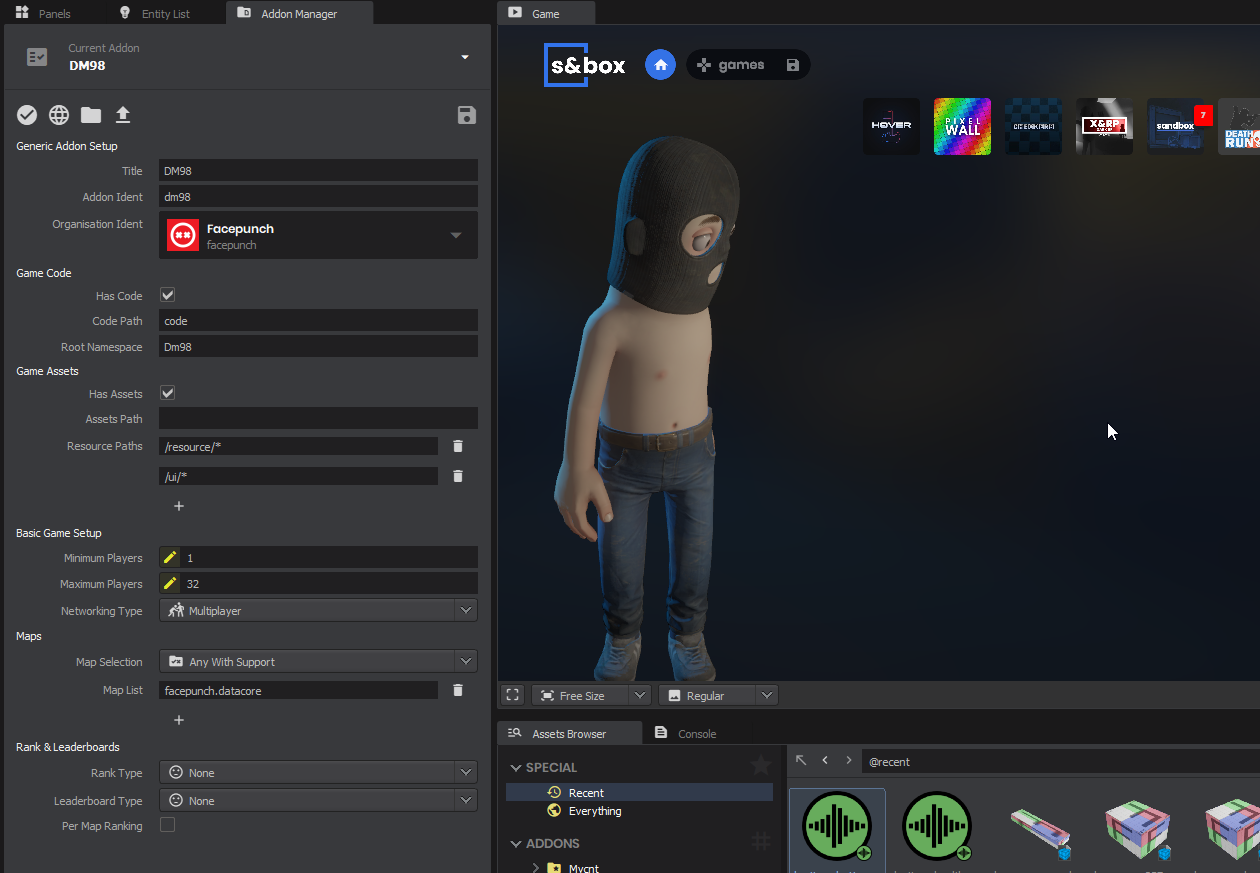Blogs
You probably noticed the frequency of posts here have become a bit random. I started feeling for a while that we were working for the blog, instead of having the blog work for us. I could feel that members of the team felt like shit because they had nothing to post in them, so I want to de-emphasise their importance.
The dev blogs should be a window into the development process. I think overall they do more good than harm. If people feel like shit at the end of the month when they have nothing to show, maybe that's part of the development process. So going forward I'm going to make an effort to put them back on schedule.
Retrospective
We've been working on source 2 for over a year now. We've made some missteps and wasted some time, which is inherent with the jazz like way we work, no deadlines, unlimited money and a non standard end goal.
Binding Qt to c# and making all the tools moddable is something we should have done within the first couple of months. If we'd have done that I think we'd be 6 months ahead right now.
I spent a long time trying to get our in game UI in a position where we could feasibly make the editor tools in it, and there was really no need. The upside is that the UI system we have now is about 5 times better than it needs to be.
Engine Updates
People have started noticing engine updates on the DOTA branch and asking whether we're going to be pulling those updates into s&box. We did ask Valve about it and they don't seem that enthusiastic about it.. which is fine - they've already given us so much, we don't want to push it.
As nice as it is to spend 20 minutes copy and pasting code between codebases, it might not be the best thing for us in the long run. Where possible we should be looking at new tool features and figuring out ways to make them ourselves or allow community addons implement them. We should be finding ways to be more self sustainable.
The Real Summary
We've spent a few months rearranging the furniture. Implementing features badly, full of bugs, then reimplementing them again, but with fewer bugs.
The last month or so has been pretty exciting. Getting cloud models spawning and working on actual game code has put our goals back in focus. UGC and real games.
The last time I did game stuff on the engine was a few months back, and the last time the DM98 code was touched was even further back.. So now we have a ton more functionality and there's a lot of easier ways to accomplish things.
My metric for whether I'm doing the right thing has always been if I go to bed and excitedly think about my next day coding. There have been a lot of those nights over the last couple of months. 😍

